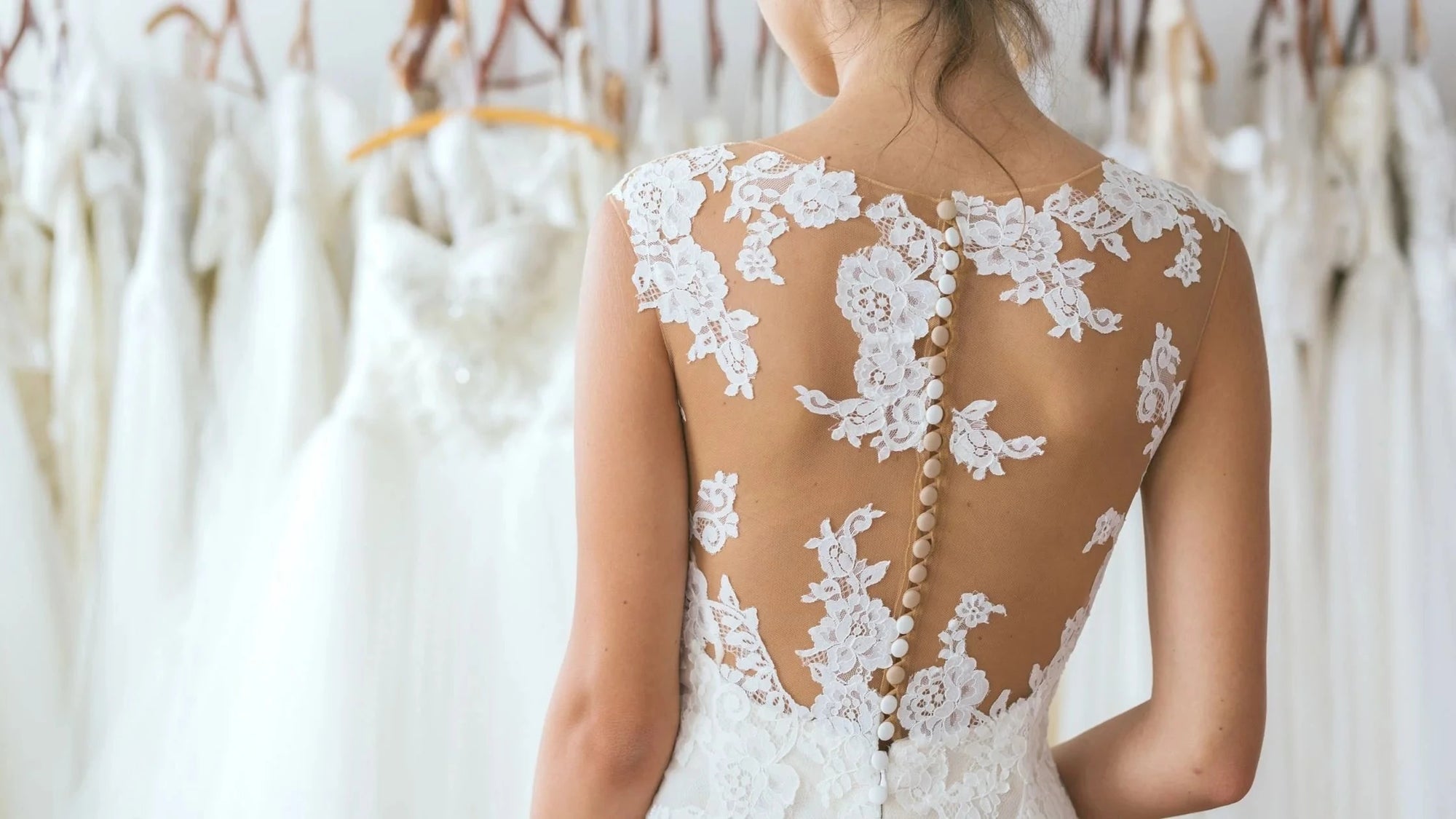Hi, I'm Ana, and I want to share my experience with breast reduction surgery. I've created a list of 10 things I wish I had known before undergoing the operation.
To give you some context, I'm 5 feet 3 inches tall and had a pretty large bust, which caused me discomfort in my back and difficulty doing physical activities. After years of considering it, I finally decided it was time to do something about it.
I had my surgery in June 2018, after several consultations with surgeons and a lot of research. It wasn't an easy decision, but I'm so glad I made it. The experience was amazing, and I have no regrets. Now I can exercise and move freely without feeling pain or discomfort in my chest.
I hope my experience can help others who are considering breast reduction surgery

So, if you're considering plastic surgery, there are some important factors to keep in mind. I've compiled a list of 10 things to consider, divided into physical and emotional aspects.
"However, it's important to note that your plastic surgeon is the best source of information for accurate details. Conducting thorough research and due diligence is vital for any type of surgical procedure. During your consultation, your surgeon will perform an examination, take measurements, and assess the elasticity of your skin. Based on this evaluation, your surgeon will suggest the type of implant and surgical technique that will help you achieve your desired aesthetic results. It's crucial to gather all the necessary information from your plastic surgeon before making a decision."
PHYSIOLOGICAL CONSIDERATIONS:
1.Your surgeon plays a significant role in helping you choose the right implant and educating you.
It is recommended that you only consult with well-known surgeons who have been referred to you by someone you trust. Do your research and read testimonials to ensure that you make the best decision. Listen to their advice on the differences between saline and silicone implants or any other options available to you.
2. Be aware of the advantages and disadvantages of placing implants above or below the muscle.
When deciding on implants, you and your surgeon will decide whether to place the implant above the chest muscle or below it. Each placement has its own benefits and drawbacks. Placement above the chest muscle does not distort the implant's shape when the pectoral muscles are flexed (during exercise or sex). However, it increases the risk of the implant bottoming out, more visible rippling, and makes mammograms more difficult. Placement under the chest muscle gives a more natural slope to the breast, and the muscle hides the rippling of the implant. However, the implants contract and move laterally when the pectoral muscles are flexed.
3. When you have breast implants, they can white out a mammogram.
All breast implants, whether silicone gel or saline-filled, white out a mammogram, making it more difficult to identify and evaluate a breast lesion. Because 1 in 8 women will develop breast cancer, many surgeons recommend placing the implant under the muscle. When the implant is under the muscle, they can push the implant out of the way to conduct displacement mammography. The additional mammography views that have to be taken in displacement mammography may not be covered by insurance. However, if you get an implant above the muscle, it becomes very difficult, if not impossible, to conduct a displacement mammography.

4. There is a size limit to your implants.
The size of implants is limited to the diameter of your chest wall. Your surgeon will measure out a triangle shape between the meeting point of your clavicles and your nipples. If you have a small chest wall diameter, you need to be realistic about the size implant you want; otherwise, you'll risk causing symmastia, a condition where the implants join in the middle and (effectively giving yourself a mono-boob).
5. Do your homework on body dysmorphia and get a thorough idea of your realistic "before and after".
I was sent home with multiple sizes to try out in my bras to test weight and size, and I was asked to pour over hundreds, if not thousands of before and after images noting which ones I thought looked most like my "before" and my expected "after". This was to check if I had any level of body dysmorphia to deal with and visualize the outcome. It requires you to be honest with yourself and your body and allows you to go into the surgery without any unrealistic expectations.

PSYCHOLOGICAL THINGS TO CONSIDER
1. Understand your "Why".
I read this on Blood and Milk recently, and the writer felt that her decision was rushed and based on the wrong reasons. I can't stress taking your time on this decision enough. You do not need new boobs for a prom, a wedding or a beach vacation. You do not need to do this for your partner. You do not need to be pressured into doing anything or not doing anything because of your friends.You need to do this for yourself. This is a decision based on your everyday existence, considering your lifestyle, personal style, and relationship with your body. There is work to be done before you make this decision, and if you can talk to somebody you trust or a professional before taking the plunge, I strongly recommend you do.
2. Be prepared to take more than just time off from work
One of the mistakes women tend to make when recovering from breast augmentation surgery is thinking that they just need to think about how much time off is required from work. The reality is that you'll need to take time off from working out, cleaning your home and even from being a parent at times. Small children may require a lot of hands-on care, lifting and bending, all of which will be impossible for a few weeks.Everyone's pain threshold is different, and it may feel like you have two bowling balls strapped to your chest for the first few days.
Plan on anywhere between 3 to 10 days off to stay at home and focus on healing. Pamper yourself and get lots of rest.
Do not attempt to take a bath without anyone home to help you get out - I learned this the hard way.
3. Sleeping won't be comfortable, for a while
Getting rest is an essential part of allowing your body to heal from any surgery - and if you don't usually sleep on your back, this will be tough. Getting up from your bed is painful for the first week or two after surgery. Make a pillow fort and prop yourself up, giving yourself head support so you can doze off as comfortably as possible.Once you've found the most comfortable way to get rest, be sure that you listen to your body and slow down when you need to. It can be easy to overexert yourself once you start to feel a bit better.
4. You will cry a lot
You get the post-surgery blues. You feel guilt and shame - I remember crying because I'd undergone unnecessary surgery and was obsessing over the "what if I'd died" and left my family distraught all because of boobs. You also get frustrated with being unable to do things for yourself for a week or two. Little things add up, and sometimes it might overwhelm you. This affects different women at different levels, but the good news is it doesn't last long.
5. Your self-esteem will skyrocket, but not at first. Actually, you'll freak out first.
My surgeon explained that it takes a few days for the brain to accept something new about your body - so these new additions look like bazookas. They're very swollen, so that doesn't help. You might initially panic that you've gone too big and you regret your decision. You just need to relax and allow your breasts to heal.
After about 5 days to a week, the swelling has gone down, your brain is on board, and you're also feeling a little better, and then you start loving those new curves!

This is only one woman's experience. As I said before, do your research and do the work on yourself before you undertake any cosmetic procedure. Anything done with the right amount of preparation, in the right headspace and for the right reasons will be a good decision.



